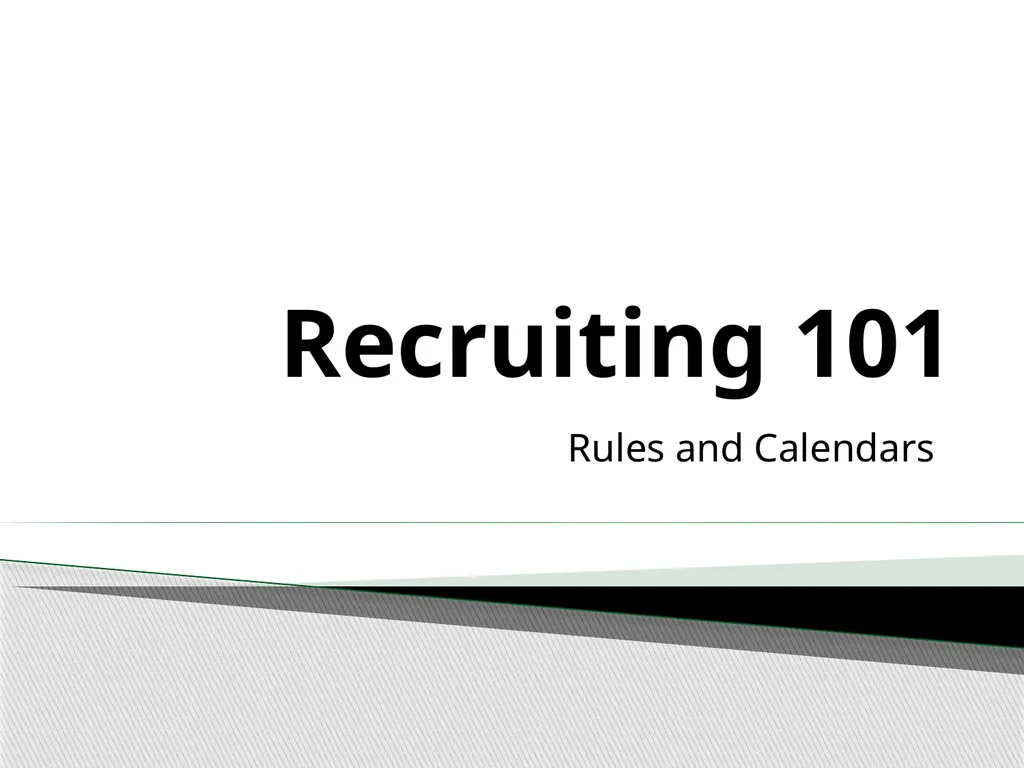
Recruiting 101 Rules and Calendars NCAA National
Author: lindy-dunigan | Published: 2025-06-27
Description: Recruiting 101 Rules and Calendars NCAA National Collegiate Athletic Association NAIA National Association of Intercollegiate Athletics NJCAA National Junior College Athletic Association USCAA United States Collegiate Athletic Association
Download Presentation
Download the PPT/PDF: Download
Transcript:
Loading transcript…